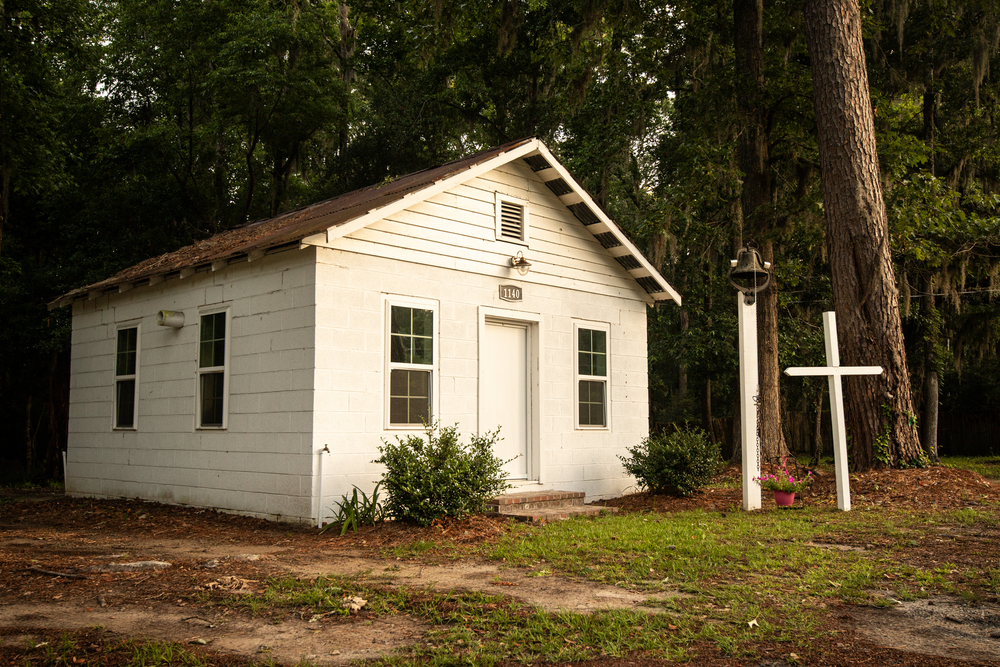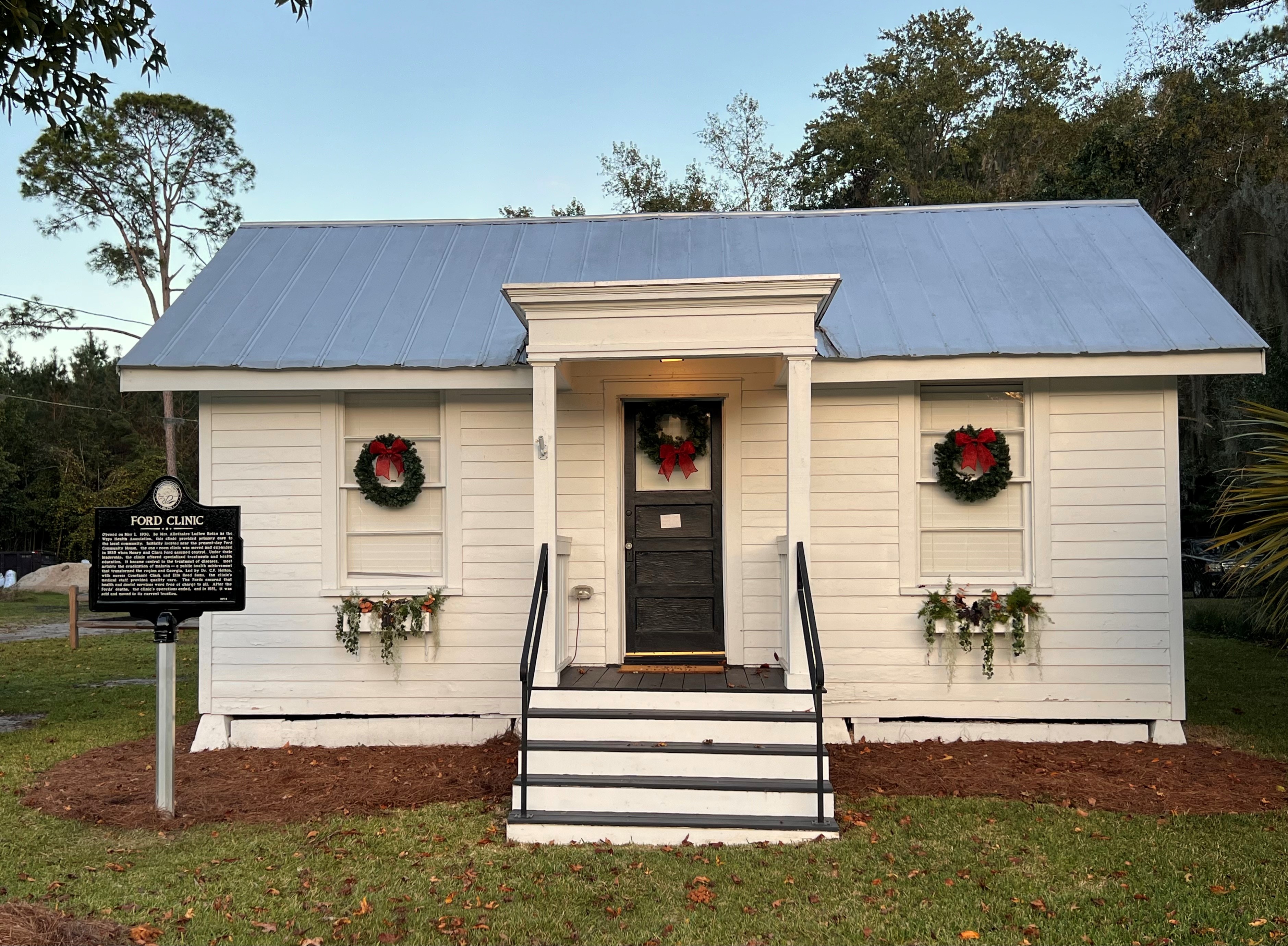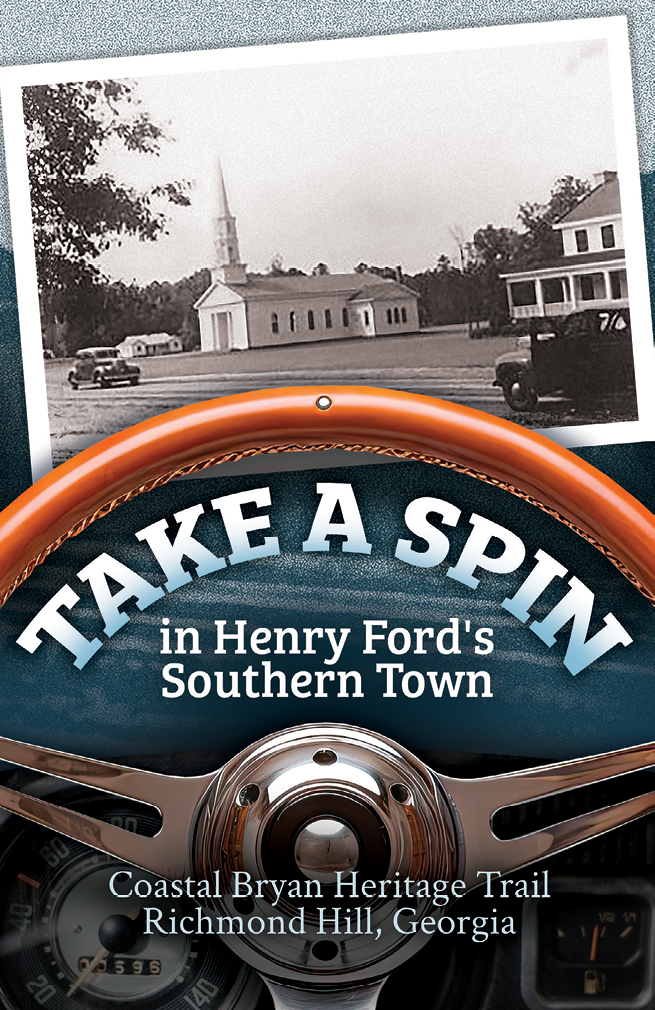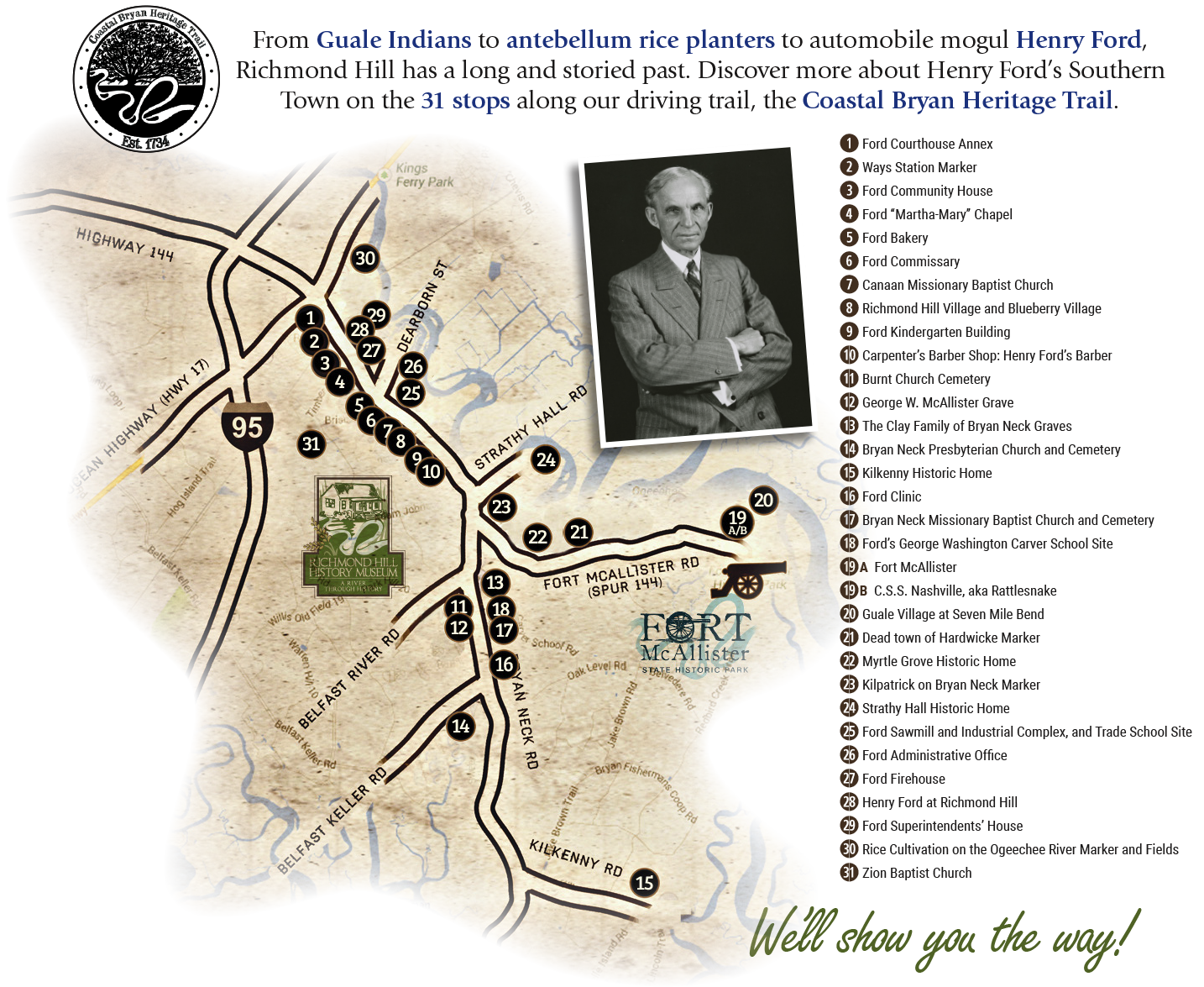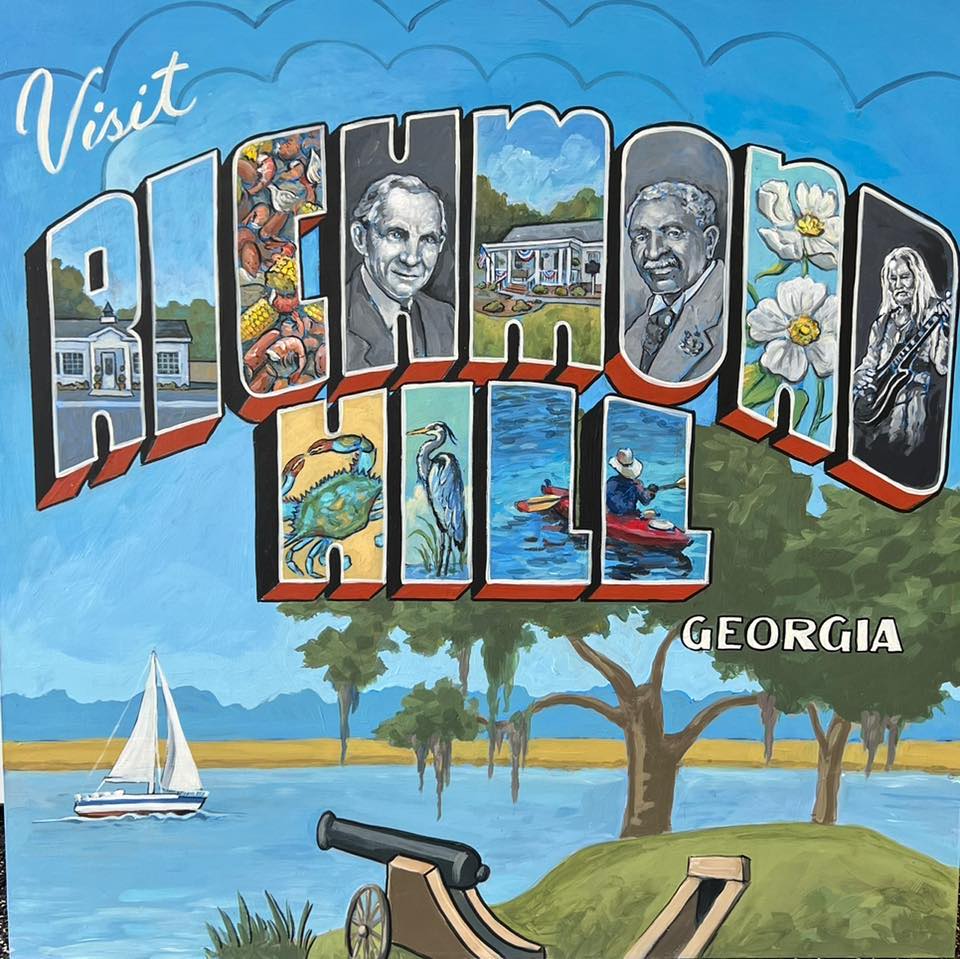-
Explore Henry Ford’s Southern Town
Welcome to the self-guided history driving tour of Henry Ford's Southern Town, Richmond Hill, Georgia. In 1925, Henry Ford and his wife, Clara, purchased 85,000 acres here, significantly impacting our community. Known for revolutionizing the automobile industry with the Model T, Ford aimed to experiment with rubber-producing plants and create a winter retreat. Although their rubber experiments were not successful, they improved education, job opportunities, and healthcare during the Great Depression, eradicated diseases like malaria, and restored historic homes, churches, cemeteries, and Fort McAllister.
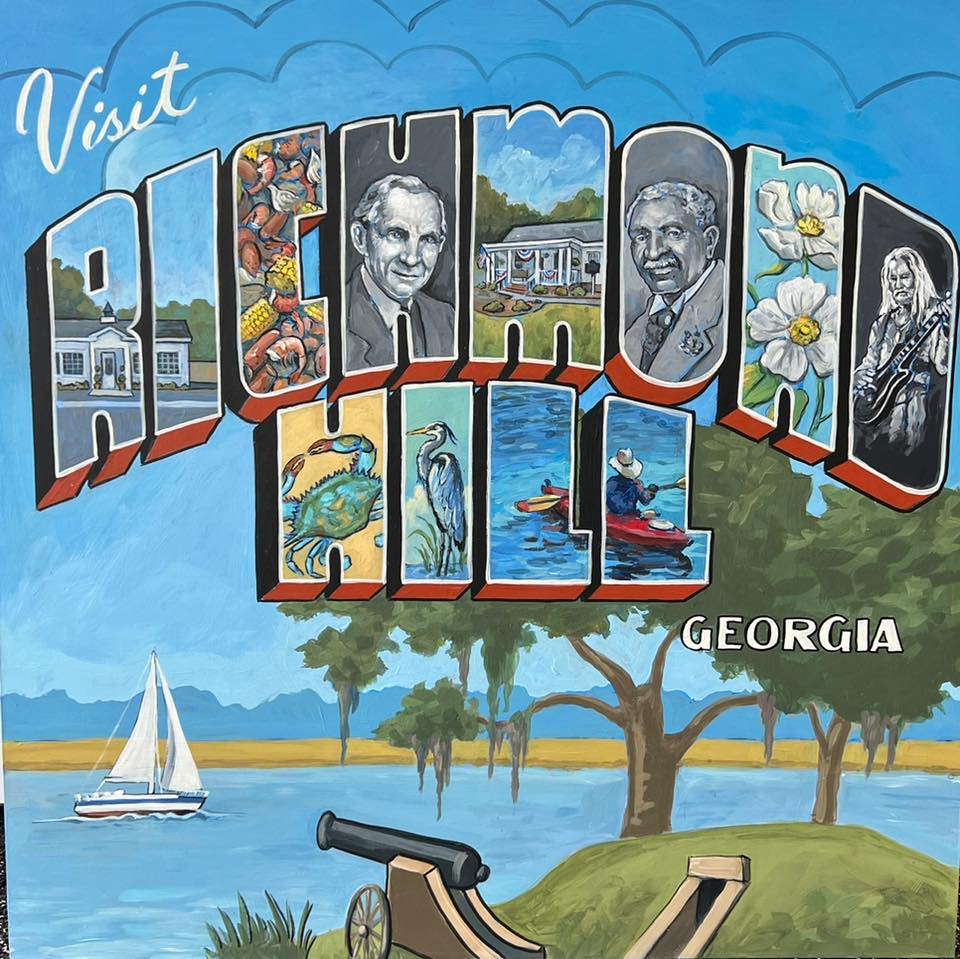
-
Tour Stop 1 - Ford Courthouse Annex
9930 Ford AvenueThis wood-frame structure, situated on a site known since the creation of Bryan County in 1793 as "the Crossroads", was built in 1939 with funding provided by Henry Ford. The building came to be familiarly called "the Courthouse" by local citizens. For many years it was used for civic meetings and as the official Richmond Hill voting site. The local Masonic Lodge and Order of the Eastern Star organizations held their meetings in this facility. Later, city and county governmental offices were housed here.
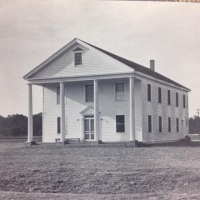
-
Tour Stop 2 - Ways Station Marker
10220 Ford AvenueIn 1856, the Savannah, Albany & Gulf R.R. was built across the nearby Ogeechee River into Bryan County. Near this site a train depot was built, which came to be known as "Ways No. 1 ½" for William J. Way, the first station master and a local rice planter on lands through which the railroad passed. A settlement grew up in the section between the railroad tracks and the Crossroads just to the west. It came to be called Ways Station, a designation that lasted until 1941 when the name of the community was changed to Richmond Hill.
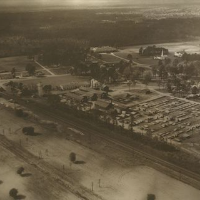
-
Tour Stop 3 - Ford Community House
10512 Ford AvenueOutside of their expansive home on the Ogeechee River, this is the single most imposing structure built by Henry and Clara Ford during their sojourn in Richmond Hill from 1926 to 1951. Built by local labor in 1936 near the Ways Station School, the Community House served residents in the enhancement of their educational, social and cultural development. Cooking, home economics, sewing, dancing and other activities were taught at no cost to adults and children alike. Local social activities were held here, many attended by the Fords themselves.
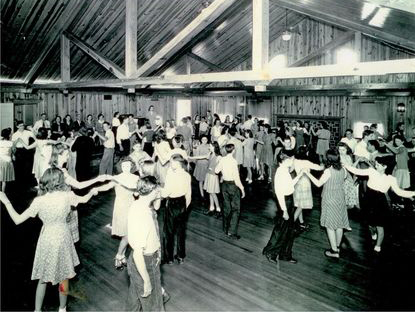
-
Tour Stop 4 - Ford "Martha-Mary" Chapel
10550 Ford AvenueHenry and Clara Ford had this chapel built in 1937 near the Community House and the Ways Station School. The chapel was named for the mothers of Henry Ford (Mary) and Clara Ford (Martha). Students from the nearby school utilized the Martha-Mary Chapel to conduct devotional services under the supervision of their teachers. The pews, tables and other furnishings for the chapel were constructed in the local plantation carpentry shop. Today, the chapel is owned by St. Anne Catholic Church.
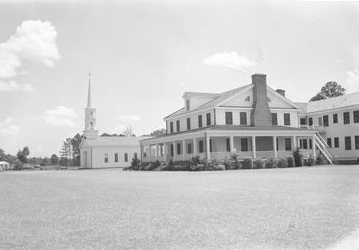
-
Tour Stop 5 - Ford Bakery
10750 Ford AvenueHenry Ford implemented the construction of the Bakery building in 1941 to provide fresh baked goods for the employees of his Richmond Hill Plantation. The Bakery was operated in tandem with the adjacent Commissary and Post Office buildings, thus providing convenient shopping access for Ford employees and other area residents. Ira S. Womble, Sr. Managed the Bakery during the Ford era at Richmond Hill. A unique aspect of the Barkery operation was that soybean flour was provided for experimental purposes by well-known agriculturist and Ford friend George Washington Carver of Tuskegee Institute.
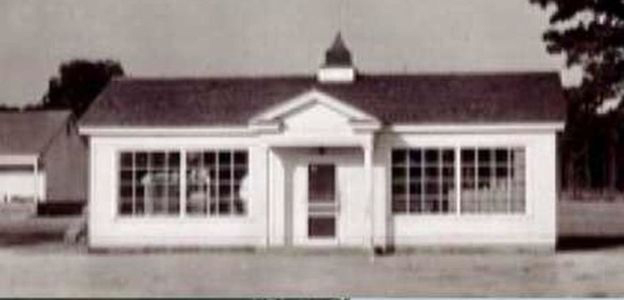
-
Tour Stop 6 - Ford Commissary
10770 Ford AvenueEstablished in 1941 and funded by Henry Ford, the Commissary stood as a central shopping hub for both Ford employees and the Richmond Hill community. It offered groceries, dry goods, fresh produce from Ford's farms, and meat cuts processed on-site. Additionally, the Commissary sourced oysters from the nearby Kilkenny Oyster House during oyster season. Richmond Hill lettuce, grown on Ford's farms, found success due to the fertile soils nourished by the brackish Ogeechee River. This lettuce was housed in the Ice House behind the Commissary and distributed to Savannah's produce markets.
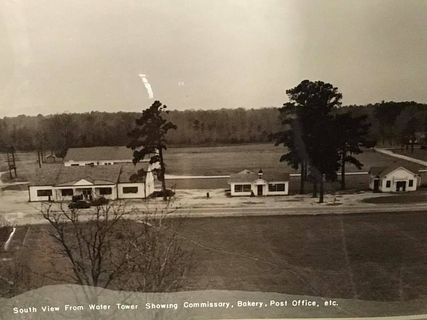
-
Tour Stop 7 - Canaan Missionary Baptist Church
10872 Ford AvenueThe congregation of the Canaan Baptist Church, primarily African-American, was organized in 1913 by Rev. David Boles, Sr., who was pastor, and Brother Fred Gilbert, Deacon. It was the only organized denominational church in what is now Richmond Hill during the early 20th century. The present sanctuary was built with support from Henry Ford. Many of the original congregants of the church were descendants of the enslaved persons of nearby Cherry Hill and Silk Hope plantations.
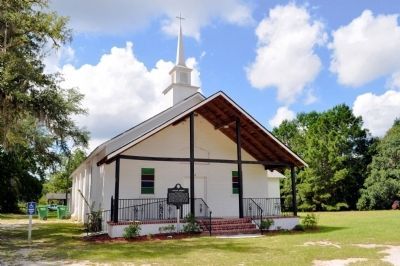
-
Tour Stop 8 - Richmond Hill Village and Blueberry Village
On Mimosa Street & Ford AvenueThe "Bottom" residential village, built in the mid-1930s, was the first housing project developed by Henry Ford for his employees in the Ways Station (later Richmond Hill) area. The name originated from the fact that the area had been a swamp or a "bottom" before Ford had it cleared and drained. There was a similar employee residential community a few miles just west of here called "Blueberry Village." In the Bottom there were 75 two-and-three-bedroom homes built for Ford's workers. Also in the development were a recreation building and a baseball field. No rent was charged employees until 1945 when Ford, acceding to Internal Revenue Service requirements, began charging the modest sum of $15 per month. Ford, in turn, raised their pay $15 per month to take care of the rent.
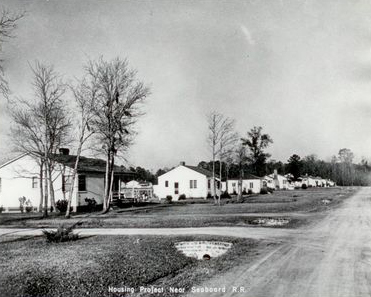
-
Tour Stop 9 - Ford Kindergarten Building
11460 Ford AvenueThis structure was built in 1937 by Henry Ford to serve as a kindergarten for the children of Ways Station-Richmond Hill during the Ford era. The building included a kitchen and two large classrooms to accommodate children aged three years to six. Dr. Margaret Mustin was hired by Ford to serve as the first director of the kindergarten. The Ford Kindergarten building now serves as home to the Richmond Hill Historical Society and Museum.
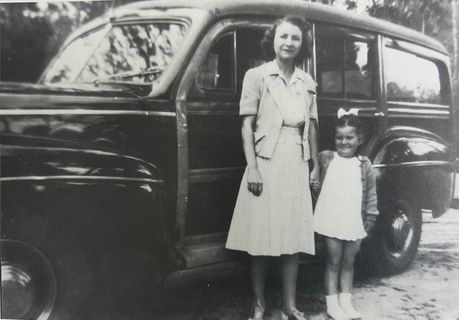
-
Tour Stop 10 - Carpenter's Barber Shop: Henry Ford's Barber
11460 Ford AvenueRight here on the same grounds as the museum, don't miss Henry Ford's barbershop. It's a tiny treasure chest of stories, tucked away just steps from the Ford Kindergarten building. Back in the day, when Henry Ford first rolled into Richmond Hill, there was Bailey Carpenter, a 29-year-old barber who worked in this small wooden building near the Crossroads. One day, Ford strolled into Carpenter's shop for a good haircut and a shave. Now, imagine Bailey's surprise when Ford handed him an envelope with a ten-dollar bill - precisely the amount Carpenter paid as monthly rent for his shop. The going rate for a haircut and shave back then? A modest 35 cents. Not too long after that unexpected generosity, Ford proposed moving Carpenter's shop to a more convenient spot for both of them. Carpenter agreed, and Ford proceeded to have his superintendent, J. F. Gregory, go to Savannah with Carpenter to pick out a new barber chair. The chair, an Emil J. Paider design, set Ford back $160, and he didn't stop there - he also provided Carpenter with a new mirror, a cabinet, and two razors. Remarkably, Carpenter used those very razors for over seven decades. These artifacts are still on display today. During Ford's winter stays in Richmond Hill, he became a regular at the shop, getting a fresh cut every other week. Ford not only provided free rent for the shop but also paid Carpenter three bucks for each haircut. After Ford's passing in 1947, the barbershop found itself in new hands - the International Paper Company, who had purchased much of the Fords' properties. Lucky for Carpenter, they gave him the chance to buy the building. Carpenter made monthly payments of $48 until he owned the place outright. He moved the small wooden structure to his backyard in The Bottom neighborhood, where he continued as the town's barber. Imagine the stories that unfolded in this little barbershop! Carpenter lived until 2009, just shy of his 90th birthday. After his death, his family generously donated the barbershop to the Richmond Hill Historical Society, who then moved it to the museum's grounds. Onward we go, folks, to our next stop on this journey through Richmond Hill's past.
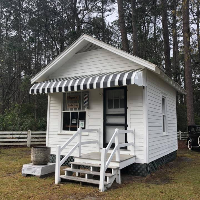
-
Tour Stop 11 - Burnt Church Cemetery
16214-16218 Highway 144Near this site in 1830 the Bryan Neck Presbyterian Church was established, being the oldest organized congregation in Bryan County. The church served the numerous planter families of lower Bryan, which had become one of the most productive agricultural sections on the south Atlantic coast. The church burial ground was adjacent to the wood-frame sanctuary. On these grounds are interred members of some of Bryan County's most prominent early families, including those of Clay, McAllister and Maxwell. The original church accidentally burned in 1882 and a new edifice was built in 1885 several miles east, near Keller.
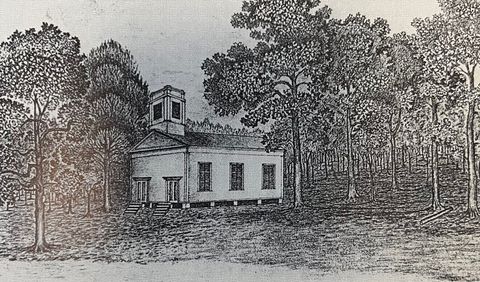
-
Tour Stop 12 - George W. McAllister Grave
16412-16418 Highway 144Buried here is George Washington McAllister (1781-1850), a prominent planter of Bryan County. In 1817, McAllister acquired Strathy Hall Plantation on the Ogeechee River where he cultivated rice and was one of the largest slave owners on Bryan Neck. McAllister built his plantation house, Strathy Hall, in 1838, restored by Henry Ford ca. 1940. McAllister and his neighbors, Thomas Savage Clay and Richard James Arnold, organized the Bryan Neck Presbyterian Church on this site in 1830. His son, Joseph L. McAllister, made available for Confederate forces the land at nearby Genesis Point on which Fort McAllister was built in 1861.
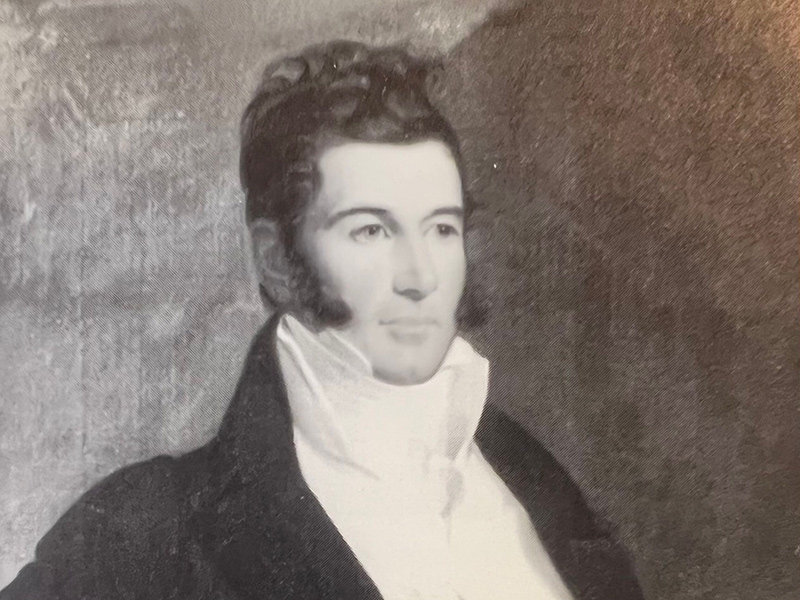
-
Tour Stop 13 - The Clay Family of Bryan Neck Graves
Burnt Church CemeteryIn this cemetery are interred members of the Clay family, among the most prominent of Bryan Neck and coastal Georgia from the colonial era of Georgia through the 19th century. Prominent among these are Thomas Savage Clay (1801-1849) and his wife Matilda McAllister Clay (1818-1869). Clay and his sister, Eliza Caroline Clay (1805-1895) owned Richmond-on-the-Ogeechee, one of the most productive rice plantations on Bryan Neck. Their parents were Joseph Clay (1764-1811), prominent member of the Savannah clergy, and Mary Savage Clay (1770-1844), whose Savage family forebears owned Silk Hope plantation near Richmond.
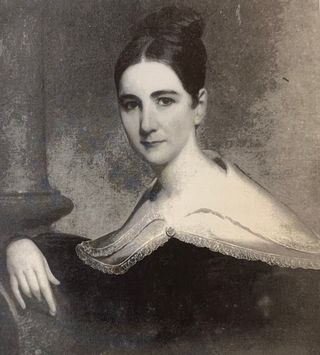
-
Tour Stop 14 - Bryan Neck Presbyterian Church and Cemetery
7196 Belfast Keller RoadThis church, the oldest congregation in lower Bryan County, was certified by the Presbytery of Georgia in 1830. Its founders included rice planters on Bryan Neck, among them Thomas Savage Clay, Richard James Arnold and George Washington McAllister. The first meeting house was constructed in 1839 three miles north of this site on the Bryan Neck Road. The current sanctuary, the oldest public building in Bryan County, was built in 1885 after the first building burned. The cemetery, known as Burnt Church Cemetery, remains at the original site and includes the graves of the church's prominent early members.
-
Tour Stop 15 - Kilkenny Historic Home
2986 Kilkenny RoadKilkenny, nestled right here at the lower end of Bryan Neck, spins a tale as resilient as the historic live oaks that stand guard, their moss-draped branches telling stories of centuries past. Once the estate of Thomas Young, Kilkenny showcased remarkable efficiency in its cultivation, laying the foundation for its prominence. In 1836, Charles Rogers took ownership, and with enslaved laborers, transformed Kilkenny into Bryan County's leading cotton plantation, specializing in Sea Island cotton. The wooden residence, constructed by Rogers around 1844-45, faced a pivotal moment during the Civil War when Union cannonballs struck the house and nearby barn in an engagement along Bear River. These scars became an indelible part of Kilkenny's history. After the Civil War, Kilkenny transitioned through different owners, serving as a retreat with the establishment of the Kilkenny Club during James H. Furber's ownership. In 1889, the first deep-ground artisan well in Bryan County was hand-drilled right here at Kilkenny. The property exchanged hands more times than a sweet tea on a hot Georgia day including Tennessee governor John Cox and Henry Ford! In 1930, realizing the historical weight, Ford took it upon himself to spruce up the old homestead, preserving its grandeur and those visible scars from the cannonballs. A special touch was the small doors Ford had built around the damaged wood, letting folks peek into the past. Ford's preservation extended to the slave cabins, though those structures no longer stand today. Kilkenny's history, woven with prosperity and slavery, stands as a testament to the importance of acknowledging the complexities of the past.
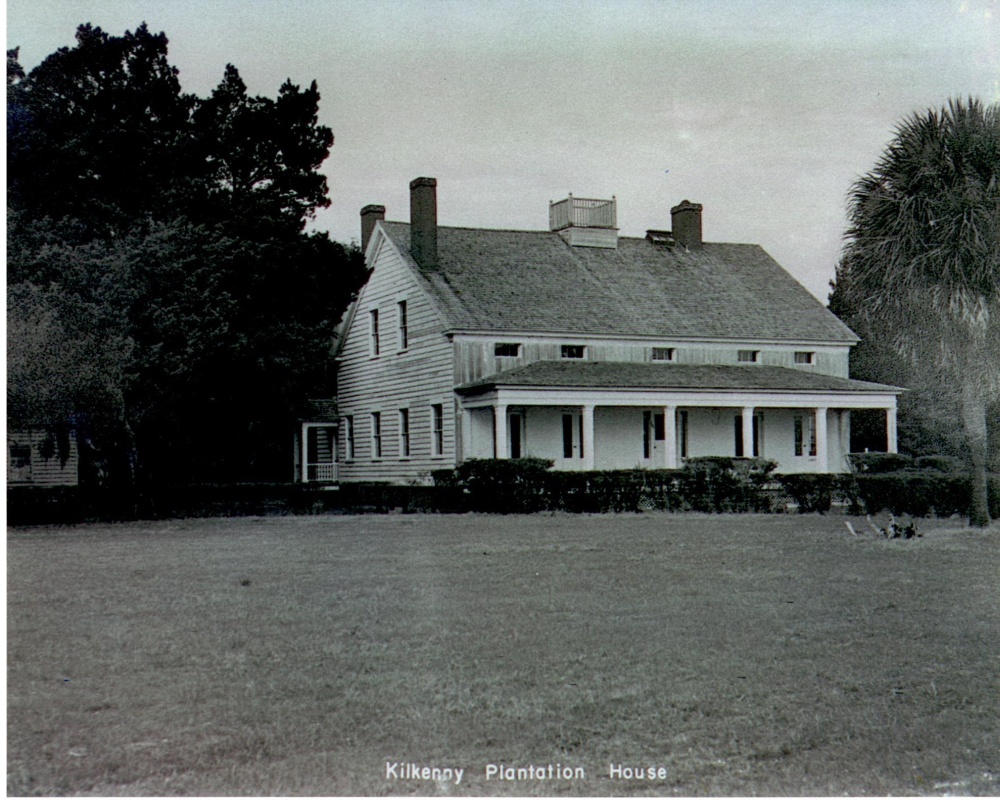
-
Tour Stop 16 - Ford Clinic
18433 Highway 144Originally established by Bryan County in 1931, and known as the Ways Health Association, the clinic provided primary care, specialized treatments, and health education to countless individuals, promoting a healthier and stronger community. Financially supported by Mrs. Samual Rotan, and later Henry and Clara Ford, the clinic was first located near the site of the Community House building. In 1935, the Fords assumed operation and moved and expanded the building near the Atlantic Coast Line railroad track. Under the Fords' guidance, the clinic not only provided healthcare services but also became the epicenter of a groundbreaking initiative that would forever change the course of public health: the eradication of malaria. The clinic's exceptional medical staff, including Dr. C. F. Holton, nurses Constance Clark and Ella Reed Sams, provided accessible and quality healthcare to all individuals, regardless of their race, social or economic background. All Ford employees were treated free of charge and received free medicine as well. Many non-employees were also treated for free if they could not afford to pay. After the Fords’ deaths, the building was sold to a private party and was moved to its present location in 1951.
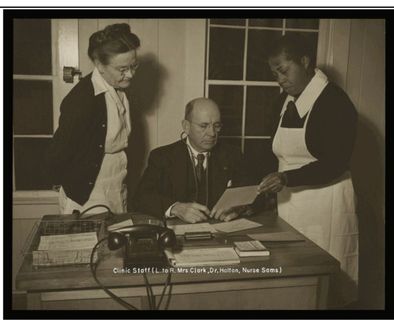
-
Tour Stop 17 - Bryan Neck Missionary Baptist Church & Cemetery
16525 Bryan Neck RoadOrganized in 1869, this is the oldest African-American church congregation in lower Bryan County. The first structure for the church, a Prayer House, was built in 1870 on this site near the white Presbyterian Church (Burnt Church). London Harris, a freedman and spiritual leader of the local black community, was one of the organizers and first pastors for this church. The church was renovated and enlarged at the time the nearby Carver school was built in 1939.
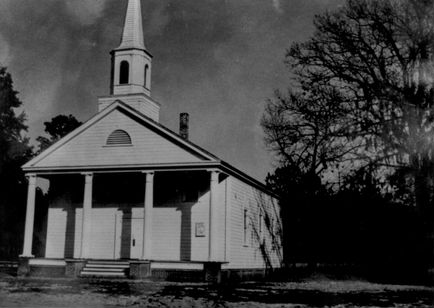
-
Tour Stop 18 - Ford's George Washington Carver School Site
16525 Highway 144On these grounds in 1939, Henry Ford built a school to serve the educational needs of the African-American children of lower Bryan County. Professor Herman Cooper was appointed as the principal when the school opened later that year, originally with grades one through six. Ford named the school in honor of the prominent African-American educator and agriculturist from Tuskegee Institute, Dr. George Washington Carver. In March 1940 Dr. Carver attended the dedication ceremonies here for the new school named in his honor.
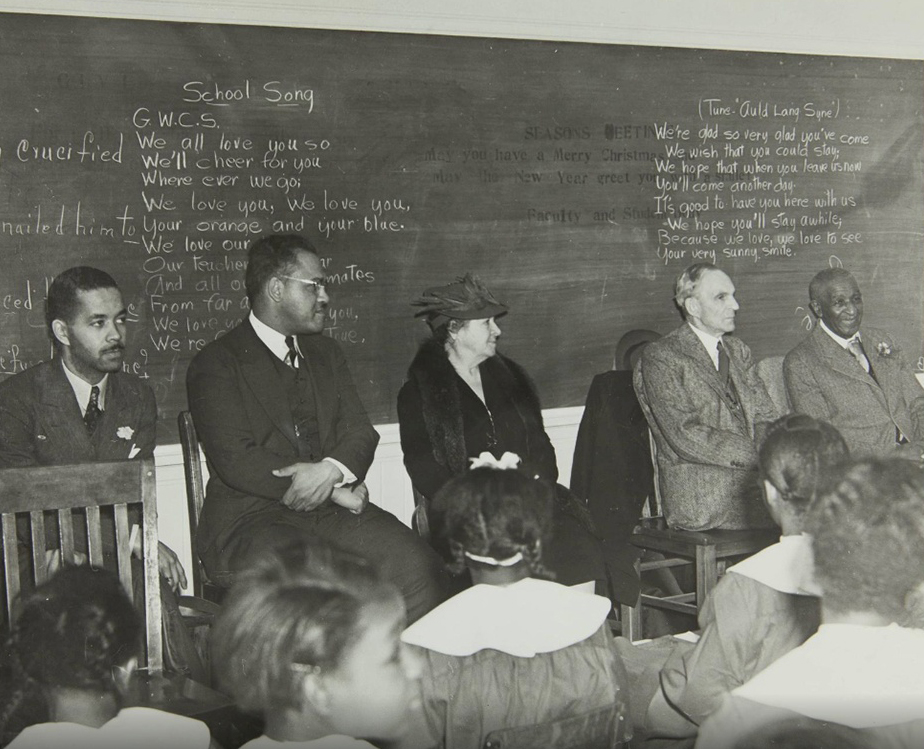
-
Tour Stop 19a - Fort McAllister
3894 Fort McAllister RdFort McAllister was built 1861-62 to guard the "back door" to Savannah. During 1862-63, it repulsed 7 attacks by armored vessels, some mounting 15-inch guns. Dec. 13, 1864, its small garrison of 230 Georgians was overwhelmed by Hazen's Division, 15th Corps [US], which had marched via this road. Its fall opened the Ogeechee to Union vessels which, loaded with supplies for Gen. Sherman's army, had been lying in Tybee Roads and Port Royal Sound. A wharf and depot were built at King's Bridge (on US 17) from which these supplies were distributed to the invading forces.
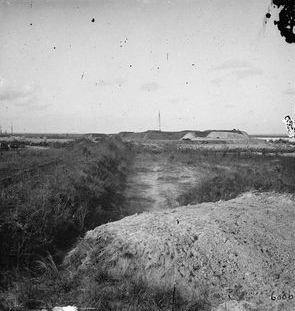
-
Tour Stop 19b - C.S.S Nashville aka Rattlesnake
3894 Fort McAllister Rd.In July, 1862, the CSS "Nashville", Capt. Baker, ran the Union blockade and entered Savannah via Wilmington River with a cargo of arms. Loaded with cotton for Europe, she attempted to escape via Ossabaw Sound. Thwarted by the vigilance of the blockading squadron, she was withdrawn up Great Ogeechee River and refitted as a raider. Renamed "Rattlesnake", her silhouette was lowered and she received heavier guns. In February, 1863, ready for sea, she dropped down-river to Fort McAllister to plan her escape. On the 27th, she was forced to retire upstream upon the approach of the armed monitor "Montauk", Comdr. J.L. Worden, USN, and ran aground in Seven Mile Reach a short distance above the fort. Early on the 28th, "Montauk" anchored near the fort and within 1200 yards of "Nashville (Rattlesnake)". She opened fire with 11 and 15-inch guns while her escort shelled the fort. Fires broke out and shortly "Nashville" was aflame fore and aft. At 9:30 her pivot gun burst, at 9:40 her funnel went by the board, and at 9:55 her magazine exploded, shattering her into smoking ruins. Although undamaged by direct hits from the fort's guns, "Montauk" struck a torpedo while dropping down-river which blew a hole in her bottom. She was beached in the mud for repairs. The swift Confederate blockade runner NASHVILLE (renamed RATTLESNAKE) was destroyed by the monitor MONTAUK, February 28, 1863, after she went aground on a sandbar in a hairpin bend of the Ogeechee River. The engagement was a three-way battle with the guns of the fort firing on the MONTAUK and the MONTAUK concentrating on the NASHVILLE. The wreck of the NASHVILLE lies in the direction of the arrow, approximately 1200 yards. These portions of rotating machinery were removed in 1960, from the wreck of the Confederate blockade runner NASHVILLE, sunk in the Ogeechee River by shell fire from the U.S.S. MONTAUK in Feb., 1863. These relics give some conception of the power of the NASHVILLE´s engine.
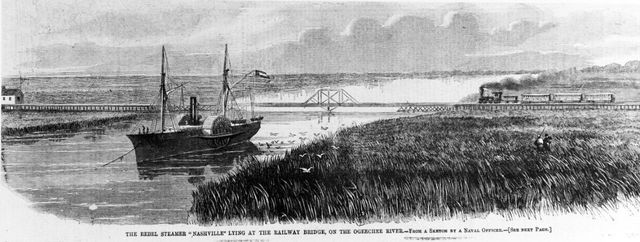
-
Tour Stop 20 - Guale Village at Seven Mile Bend
3894 Fort McAllister Rd.Across the Ogeechee River from this point was the northernmost town of the Province of Guale, the village of Satuache. Spanish records place Satuache about 10 miles northeast of Guale's provincial capital at Mission Santa Catalina (St. Catherines Island). Indian artifacts at the Seven-Mile Bend attest to Guale activity in association with the Spanish mission of San Diego de Satuache. The Guale town and the Spanish mission there were abandoned ca. 1663. The name Ogeechee is Indian in origin and means River of the Uchee, ("seeing far away") for a village further north on the 245-mile long river. The Seven-Mile Bend site was placed on the National Register of Historic Places in 1972.
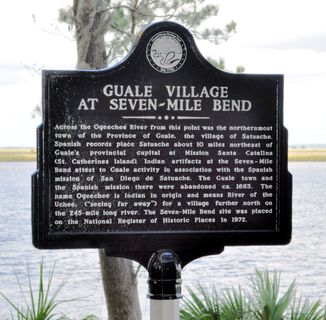
-
Tour Stop 21 - Dead town of Hardwicke Marker
Fort McAllister RoadThis site on the Great Ogeechee, 14 miles from the Atlantic, was selected in 1755 by Governor John Reynolds for the capital of Georgia. He named it for his kinsman, Lord High Chancellor of England, Philip Yorke Hardwicke. Reynolds said: "Hardwicke has a charming situation, the winding of the river making it a peninsula and it is the only fit place for the capital." In 1761, Sir James Wright, the Province Governor, determined against the removal of the capital from Savannah. Hardwicke then became little more than a trading village and it is now listed among "the dead towns of Georgia."
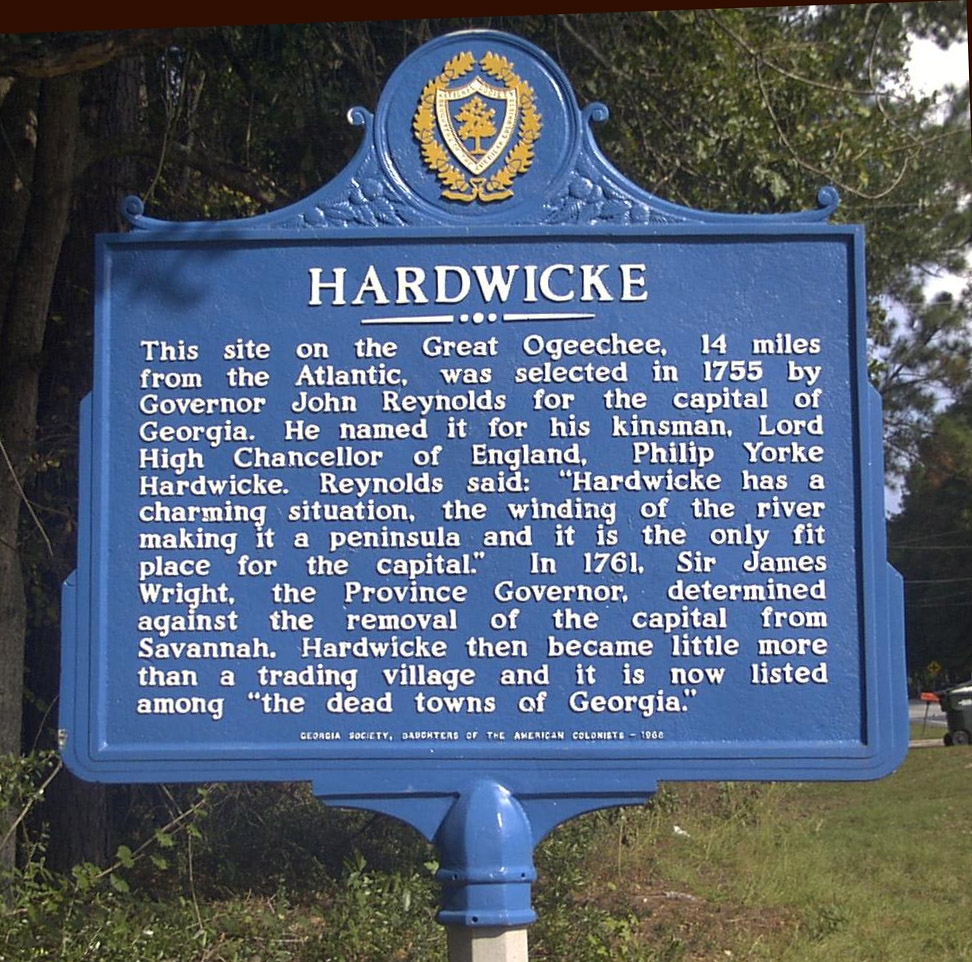
-
Tour Stop 22 - Myrtle Grove Historic Home
65 Old Hardwicke RoadMyrtle Grove, was built ca. 1850 by local planter Richard James Arnold. The Greek-Revival house was built for daughter, Louisa, as a wedding gift. Louisa married her first cousin, Samuel Greene Arnold, Jr., a lawyer, US Senator and Lieutenant Governor of Rhode Island. for his daughter, Louisa, shortly after her marriage to Samuel Greene Arnold. The home, built to be convenient to the primary Arnold residence at nearby White Hall, remained in the Arnold family until 1909. It was subsequently owned by William Washington Gordon II of Savannah, the father of Juliette Gordon Low, founder of the Girl Scouts of America. 1920, Myrtle Grove was acquired by Allethaire Ludlow Rotan, who changed the name of the property to Folly Farms. The house and its tract were purchased in 1949 by the Meeks family. Gen. Sherman's troops marched past the home, sparing it from his Army's torches. It's been said Union soldiers camped under the large oaks at Myrtle Grove while awaiting supplies. Hollywood has come calling several times over the years. Some of the most famous movies are the 1989 American drama war film "Glory" starring Matthew Broderick and Denzel Washington and the 1999 murder mystery "The General's Daughter," starring John Travolta. More recent television series include Underground Railroad, Panhandle, and others. This is a private residence. Please do not enter the driveway or knock on the door.
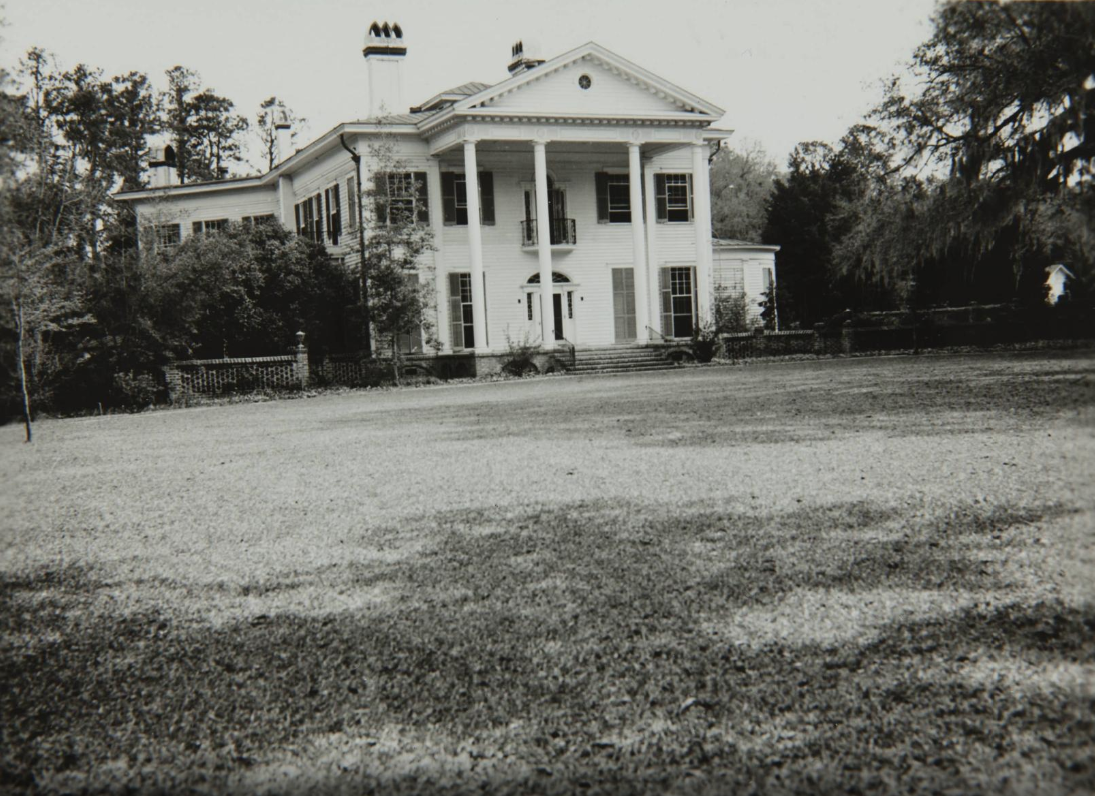
-
Tour Stop 23 - Kilpatrick on Bryan Neck Marker
Corner of Hwy 144 and Fort McAllister Rd.On Dec. 12, 1864, the 3rd Cavalry Division [US], Brig. Gen. J. L. Kilpatrick, USA, covering the right rear of Gen. Sherman's army which was then closing in on Savannah, crossed the Great Ogeechee River near Fort Argyle and the Canoochee River near Bryan Court House (Clyde) on pontoon bridges laid by the 1st Missouri Engineers [US] and moved down Bryan Neck. That night, Kilpatrick made his headquarters at the plantation home of Lt. Col. Joseph L. McAllister, 7th Georgia Cavalry [CS], which stood near the river immediately north of this site. On the 13th, Kilpatrick sent Murray's brigade into Liberty County to scout the country to Sunbury. He ordered Atkins' brigade and the 10th Wisconsin Battery to camp at "Cross Roads" (Richmond Hill) then, with two of Atkins' regiments, He moved down Bryan Neck. Approaching Fort McAllister, he skirmished with the Confederate pickets, driving them back to the fort. After examining the approaches to the fort, he moved on to Kilkenny (pronounce "Kill-Cainey") Bluff (8 miles SE) where he was able to make contact with the USS "Fermandina" and forward dispatches to the flag-ship [US] reporting the arrival of Gen. Sherman's army at Savannah. On the 14th, Kilpatrick moved with the balance of his command to Midway Church. After scouting the country and stripping it of livestock and provisions, he returned to Bryan County and went into camp at the "Cross Roads" to picket the country to the south and west, and to protect the Union supply depot at King's Bridge.

-
Tour Stop 24 - Strathy Hall Historic Home
51 Mill Hill Landing RoadStrathy Hall (pronounce Strothy - like Frothy), the oldest residential structure in lower Bryan County, was built in 1838 by prominent rice planter George W. McAllister on this site overlooking the Ogeechee River. During the Union campaign on Bryan Neck to take Fort McAllister, at the end of Sherman's march to the Sea, Strathy Hall was used as the headquarters, briefly, for Union cavalry general Judson H. Kilpatrick in December 1864. One official report noted that Federal troops, en route to Fort McAllister passed "... at the old McAllister mansion, called Stother (sic) Hall. There was their home, but now they had gone. Kilpatrick's Cavalry had been there before us, and the contents of the house were strewn upon the floors or scattered about the lawn…the Negro servants showed no disposition to put things right again, thinking perhaps that it would only invite further mischief." General William T. Sherman himself visited the house and spent part of a night at an overseer's house on the property, about a mile from Fort McAllister. Strathy Hall was spared while other plantations were destroyed. Apparently, the house was saved from destruction due to its being the residence of a family with important northern connections. The residences at nearby White Hall and Myrtle Grove, owned by Rhode Island planter-businessman Richard J. Arnold, were also spared for the same reason. The history of Strathy Hall goes back to 1748 when Captain James Mackay of Scotland, petitioned the Trustees for 300 acres on the Great Ogeechee River. Mackay had served General James Oglethorpe in the Scottish Highlander forces during the conflict with Spain. Mckay later participated in the French and Indian War and was an associate of George Washington in the years prior to the American Revolution. Mckay was awarded a land grant and he named his new holdings Strathy Hall after a Mackay ancestral home in Scotland, Strathnaver. Colonial documents make reference to the "honorable James Mackay, Esquire, of Strathy Hall" and he served the /Georgia colony as a member of the colonial Council until 1779. However, he remained loyal to King George during the revolution, despite his friendship with George Washington. McKay died in 1785. The earliest record extant of an organized meeting of the officials of the newly-created Bryan County is that of August 2, 1794 at Strathy Hall. Henry Ford restored Strathy Hall in the 1940s and the structure is now listed on the National Register of Historic Places. This is a private residence. Please do not enter the drive way or knock on the door.
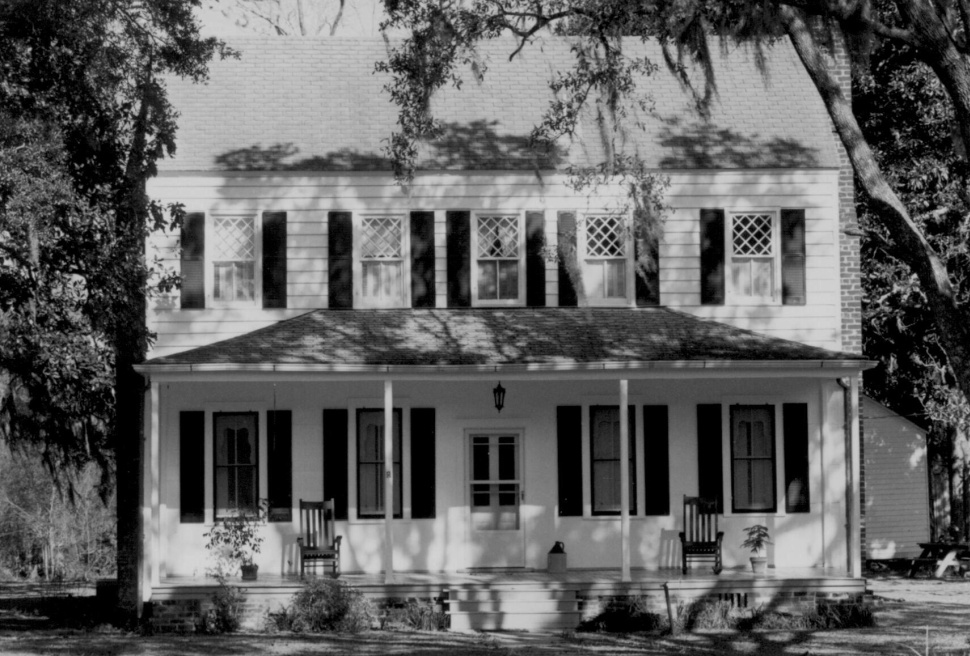
-
Tour Stop 25 - Ford Sawmill and Industrial Complex, and Trade School Site
10747 Ford AvenueThe Ford Sawmill Complex included a large sawmill, cabinetry shop, Fire House, Garage, and other industrial buildings. The sawmill wasn't just a job - it was the heartbeat of the community. Men from all around worked shifts, keeping the saws buzzing and lending a hand in putting up buildings all over town. School desks, church pews, fancy moldings - you name it, they crafted it right there in the Sawmill's Cabinetry shop. The Trade School was founded and financially supported by the Fords for the young men in high school. Boys got to roll up their sleeves and learn the ropes of woodworking and metalworks, engineering and more. Similar to the Home Economics school for girls at the Community House, this educational initiative underlined Henry Ford's commitment to developing skills and vocational training and the town and its folks were all the better for it. Now, let's talk about the power behind the Ford sawmill. You see, Henry Ford was a man who knew a thing or two about machinery and he wasn't one to settle for less. Picture this: a mighty sawmill with not one, but two steam boilers tucked inside. And if you cast your eyes to the right, there stood another pair of boilers in the powerhouse building. Now, the powerhouse boilers were hard at work, pumping steam to run a steam engine. This engine, in turn, cranked up a direct current generator, bringing electricity to the Industrial Arts and Trade School. Them machines in the school? Most of them ran on good old D. C. Motors. The sawmill's boilers burned sawdust, while those in the powerhouse used shavings from the planing mill. Tracks ran from the sawmill to the lumber yard, where loaded carts could roll up to the stacks. And don't forget the rail tracks to the dry kiln - efficiency at its finest. Mr. Ford, he wasn't just a man of wheels and gears; he had a full-time forester on the payroll. This forester surveyed the timber on Ford's land and determined there were 15,000 board feet growing each day. Thinking about sustainability, Mr. Ford limited production to that much each day, so that the sawmill could keep humming forever. Now, when World War II came along, there was a greater need for lumber in the shipyards of Savannah and nearby Camp Stewart. Mr. Ford, he loosened the reins a bit and let them saw about 90,000 board feet per day. The sawmill continued its operations until the passing of Mrs. Ford in 1951, with Mr. Ford having left us in 1947. Unfortunately, the sawmill met its demise in a fire. The combination of their deaths and the consequential fire marked the conclusion of a significant era in Richmond Hill.
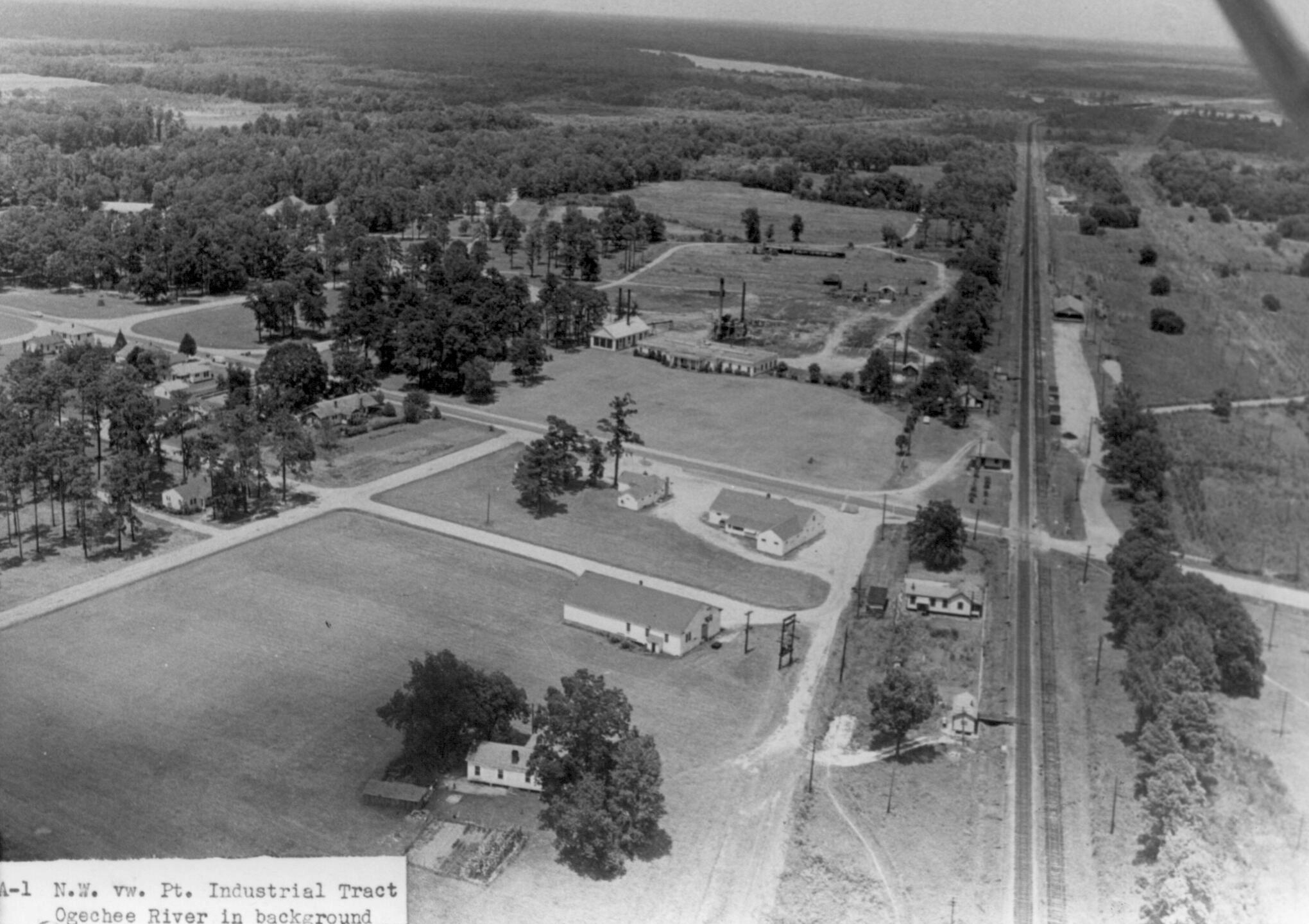
-
Tour Stop 26 - Ford Administrative Office
230 Grenwich Dr.Now, this little spot right here, it may look small, but it was the heartbeat of Henry Ford's operations. It housed the offices of key folks like the superintendent, office manager, bookkeeper, and even the voice on the other end of the telephone switchboard for all of Ford's downtown operations. Tucked away in the sawmill and industrial hub, it saw more action than you'd think. Even though Mr. Ford didn't have a personal office in Richmond Hill, he made his rounds – swinging by this office and other locations regularly. What set Mr. Ford apart is his interest in people, real folks with real stories. He wasn't just about the business; he wanted to know about the lives, the struggles, and the talents of the locals. But here's the kicker – he didn't stop at listening. No sir, he'd throw in his two cents, give a pat on the back, and light a fire under folks. Pushing them to aim higher, do better. It wasn't just business in Richmond Hill - it was personal growth he was after. Mr. Ford created an atmosphere of support and empowerment. He wasn't just about building cars, he was building people. That's the story behind this unassuming office, right here in the heart of it all. This is now a private residence. Please do not pull into the driveway or knock on the door.
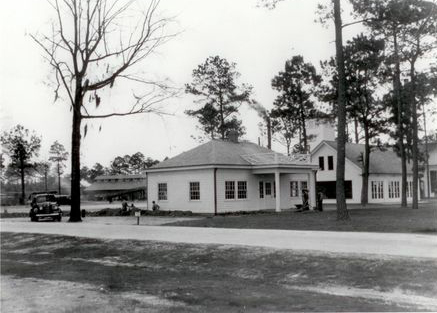
-
Tour Stop 27 - Ford Firehouse
10425 Ford AvenueNow, we're heading to the Ford Firehouse - originally located in a strategic location: next to the main office, sawmill and trade school, in the industrial complex. With a fire truck and an ambulance in tow, it stood ready for any call to action. After the Fords passed away, the building was sold to Mr. and Mrs. Jack Phillips who moved it to its current location and turned it into a residence. Southern Living magazine covered the story in 1998? Since then, it was converted to a commercial space. If you go inside, notice the the original fireman's pole is there, and the wooden walls- they've seen some history unfold. Our next stop takes a right turn into our current City Hall complex where we will see a historical marker about the road Ford paved in Richmond Hill's history. There, we'll hit the brakes and also learn about the former home built for the Fords' superintendents, J. F. Gregory, and Ray Newman.
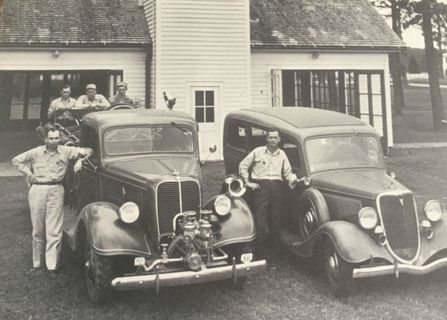
-
Tour Stop 28 - Henry Ford at Richmond Hill
40 Richard Davis DriveIn 1925, Henry Ford of Detroit, Michigan, a leading American automobile pioneer who perfected the assembly line concept of auto manufacturing, began acquiring large tracts of land on both sides of the nearby Ogeechee River. He sponsored extensive agricultural and forestry operations, providing the impoverished area with much-needed employment opportunities. Ford also implemented numerous civic improvements for the people of the Ways Station-Richmond Hill community, including medical, educational and cultural. Near here, on the river, Henry and Clara Ford built their winter home, Richmond Hill, in 1936. Ford was active in the local community until his death in 1947.
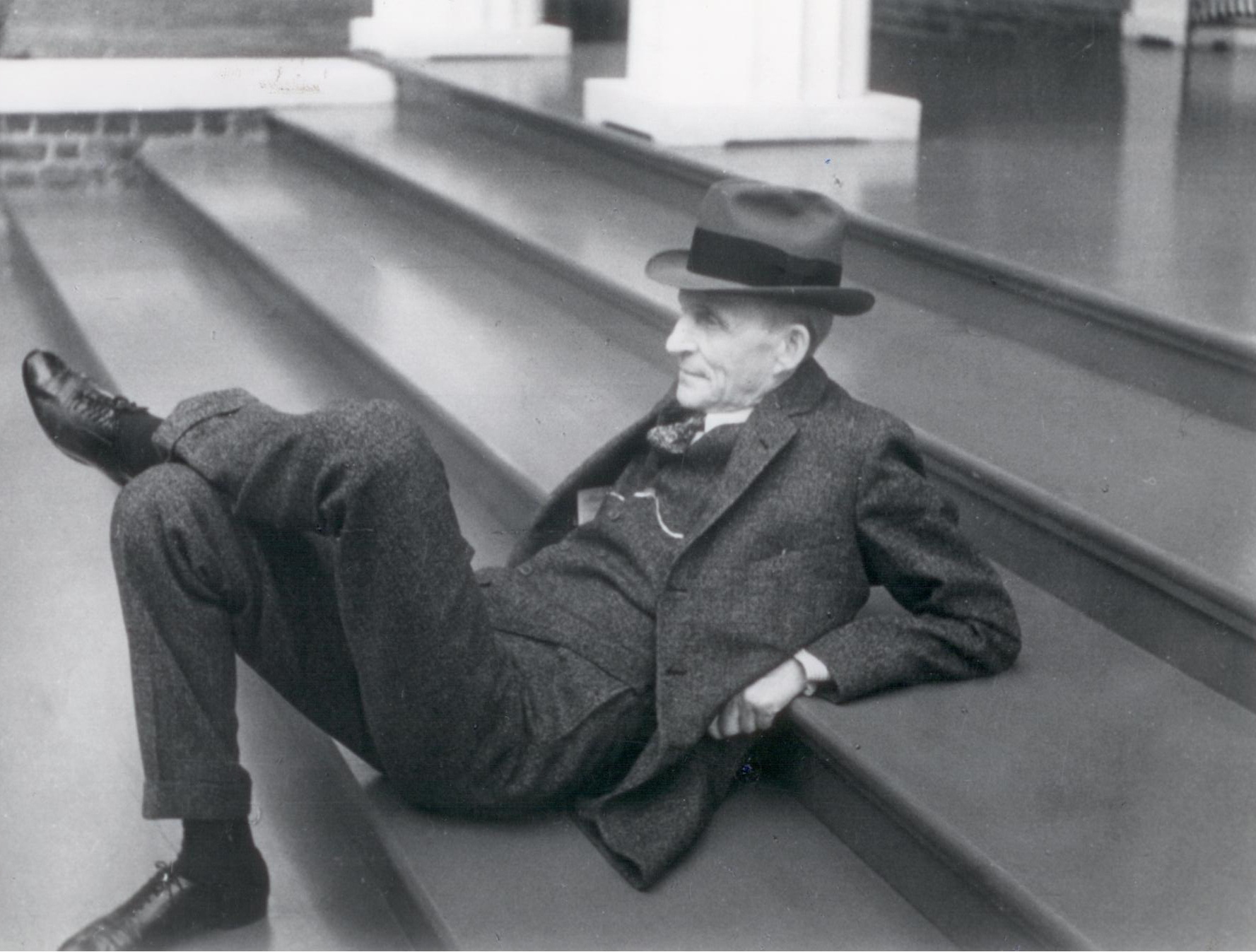
-
Tour Stop 29 - Ford Superintendents' House
85 Richard Davis Dr.Constructed in 1930, this house first served as the residence of J. F. (Jack) Gregory, superintendent of Henry Ford's Ways Station operations. Gregory held the role of general manager and superintendent for nearly two decades, from the 1920s to 1946, overseeing all of Ford's enterprises in the Ways Station area, later known as Richmond Hill. Notably, he managed Ford's significant agricultural ventures that provided employment for numerous local and regional residents. In 1946, Ray Newman, a Ford employee in Michigan, was appointed to the role of superintendent, continuing in this capacity until after the passing of Clara Ford in 1951. Newman's duties included cost reduction and profit enhancement initiatives.
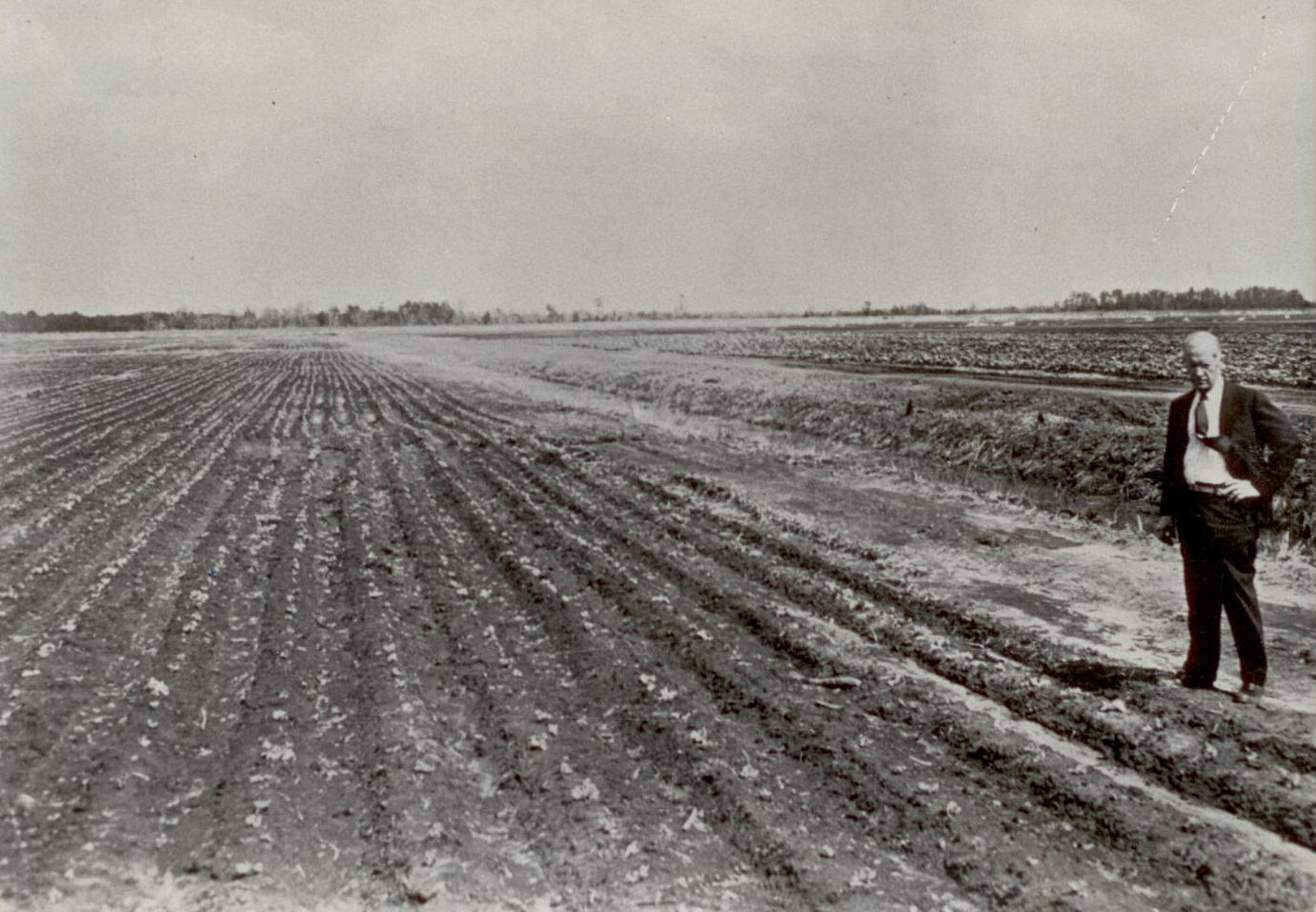
-
Tour Stop 30 - Rice Cultivation on the Ogeechee River Marker and Fields
520 Cedar StreetThe production of rice on Bryan Neck utilized upstream fresh water and the tidal influences of the Ogeechee River. Heavy wooden trunks, or tide gates, along the levees and embankments in the rice fields allowed the inflow and outflow of fresh water in an elaborate system of irrigation and hydraulics during the summer growing season. A network of canals provided access for the tending of the fields by large forces of enslaved workers. The peak of this activity was in 1860 when 1.6 million pounds of rice was shipped from Bryan Neck plantations along the river. Rice cultivation for enslaved people posed grueling and demanding challenges, as they were tasked with managing the intricate irrigation systems in harsh conditions. With a ready supply of labor no longer available after the Civil War, along with a series of destructive hurricanes in the 1880s, rice cultivation on the Ogeechee ended by 1900.
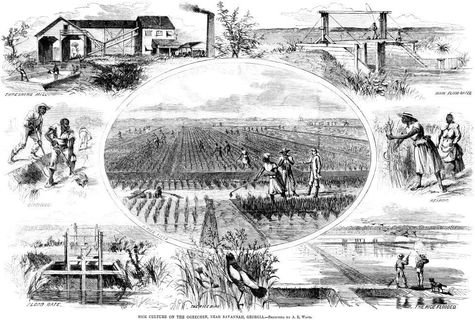
-
Tour Stop 31 - Zion Baptist Church
Corner of Brisbon Rd & Harris Trail RdCirca 1899
